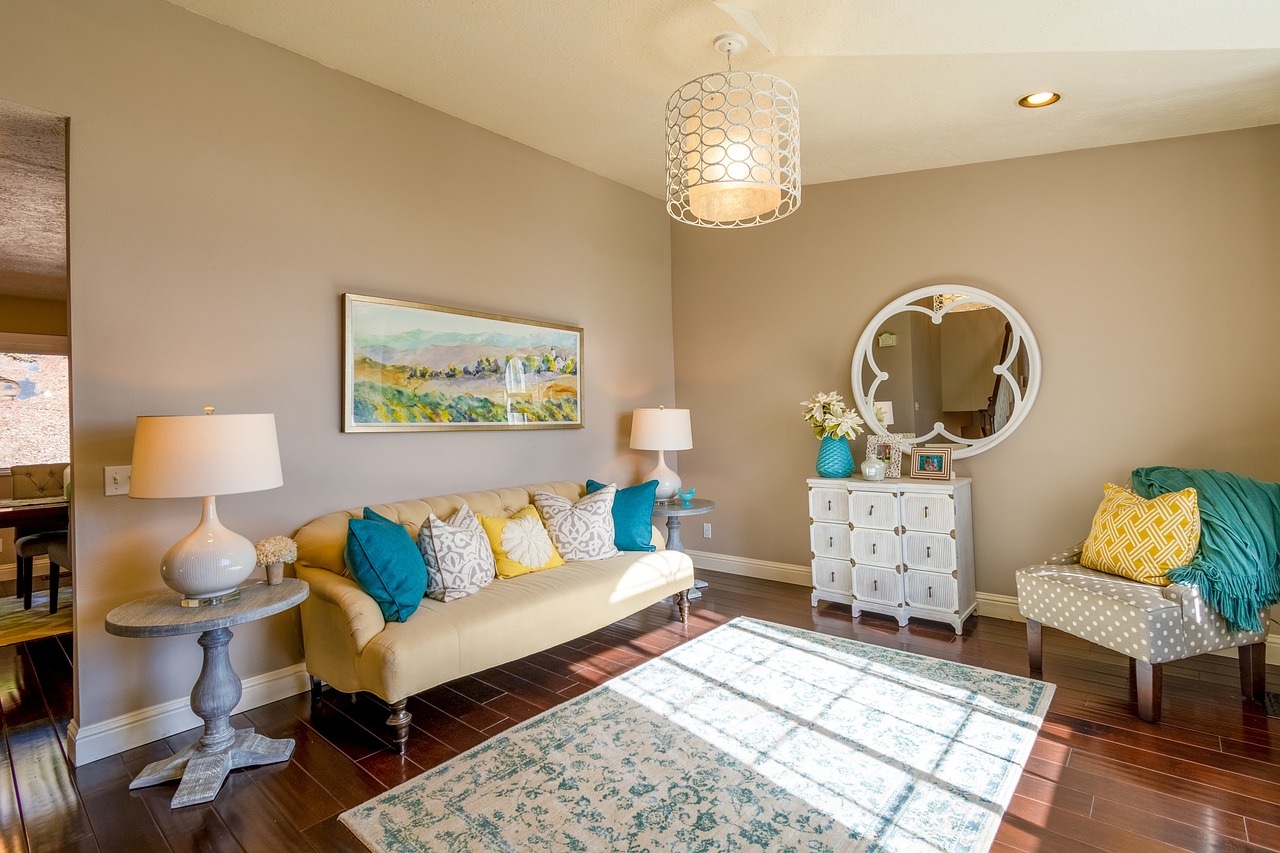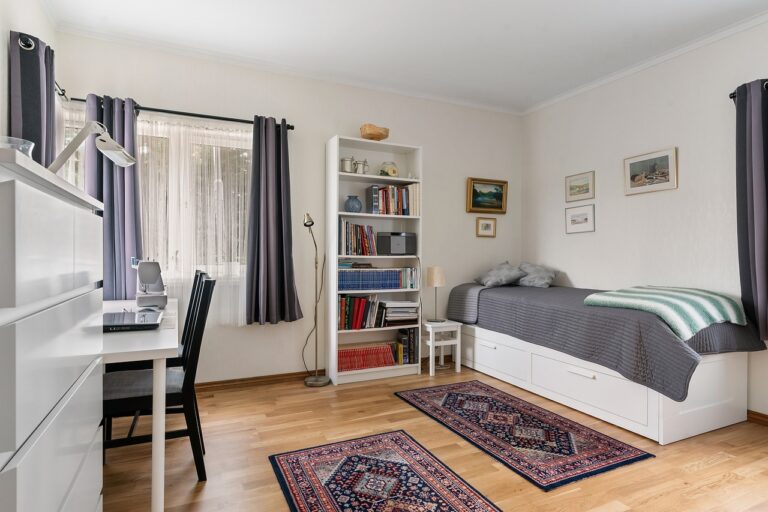The Art of Feng Shui Gardening: Balancing Energy in Your Outdoor Space
When incorporating Feng Shui principles into gardening, the aim is to create a harmonious and balanced outdoor space that promotes positive energy flow. By aligning plants and landscape features in accordance with Feng Shui guidelines, you can cultivate a serene environment that fosters health, happiness, and prosperity. Feng Shui emphasizes the importance of maintaining a sense of equilibrium in the garden, blending elements such as water, fire, earth, metal, and wood to create a sense of unity and balance.
Moreover, the placement of plants in specific areas of the garden is believed to influence the flow of energy, or Qi, throughout the space. By strategically positioning plants based on their elemental properties and growth patterns, you can enhance the overall energy of the garden and promote a sense of tranquility and well-being. Understanding how Feng Shui principles apply to gardening can not only improve the aesthetics of your outdoor space but also contribute to a more harmonious and balanced living environment.
Choosing the right plants for a harmonious outdoor space
Gardening enthusiasts understand the importance of selecting the appropriate plants to cultivate a harmonious outdoor environment. The key to creating a balanced outdoor space lies in carefully choosing the right mix of plants that complement each other in terms of size, color, and growth patterns. By selecting plants that thrive well in the local climate and soil conditions, you can establish a cohesive and visually appealing garden that enhances the overall aesthetics of your outdoor space.
When choosing plants for your garden, consider the varying heights and textures to add depth and visual interest. Mixing plants with different foliage colors and shapes can create a dynamic and engaging garden landscape. Additionally, incorporating a variety of flowering plants that bloom at different times of the year can ensure that your outdoor space remains vibrant and colorful throughout the changing seasons. Remember to also take into account the sunlight and water requirements of each plant to ensure they receive the proper care and maintenance for optimal growth.
• Consider the varying heights and textures of plants for added depth
• Mix plants with different foliage colors and shapes for a dynamic landscape
• Incorporate flowering plants that bloom at different times for year-round color
• Take into account sunlight and water requirements for proper care
Creating a balanced layout in your garden
When designing the layout of your garden, it is essential to consider balance as a key principle. Symmetry and asymmetry play crucial roles in creating a harmonious outdoor space that feels both visually appealing and welcoming. Balance can be achieved by strategically placing elements such as plants, pathways, and furniture in a way that distributes visual weight evenly throughout the garden.
To create a balanced layout in your garden, consider the concept of yin and yang. This ancient Chinese philosophy stresses the importance of balancing opposing forces to achieve harmony. Apply this principle by integrating elements of differing heights, shapes, and colors to create a dynamic yet cohesive garden design. By embracing the interplay between light and dark, soft and hard, and tall and short plants, you can cultivate a garden that exudes a sense of equilibrium and tranquility.
How can I create a balanced layout in my garden?
To create a balanced layout in your garden, consider the principles of Feng Shui, choose the right plants for a harmonious outdoor space, and ensure that elements are arranged in a way that promotes equilibrium and harmony.
What are some tips for achieving balance in my garden design?
Some tips for achieving balance in your garden design include using symmetry, incorporating different textures and colors, creating focal points, and ensuring that there is a sense of flow and movement throughout the space.
Why is balance important in garden design?
Balance is important in garden design because it creates a sense of harmony and tranquility in the outdoor space. A balanced layout can help to promote relaxation, reduce stress, and enhance the overall aesthetic appeal of the garden.
How can I ensure that my garden layout is visually appealing?
To ensure that your garden layout is visually appealing, consider the principles of design such as balance, proportion, unity, and rhythm. Experiment with different elements, textures, and colors to create a visually stunning outdoor space.
What role do plants play in creating a balanced garden?
Plants play a crucial role in creating a balanced garden as they can help to soften hard lines, add color and texture, and create a sense of harmony in the outdoor space. Choose plants that complement each other and the overall design of the garden.







